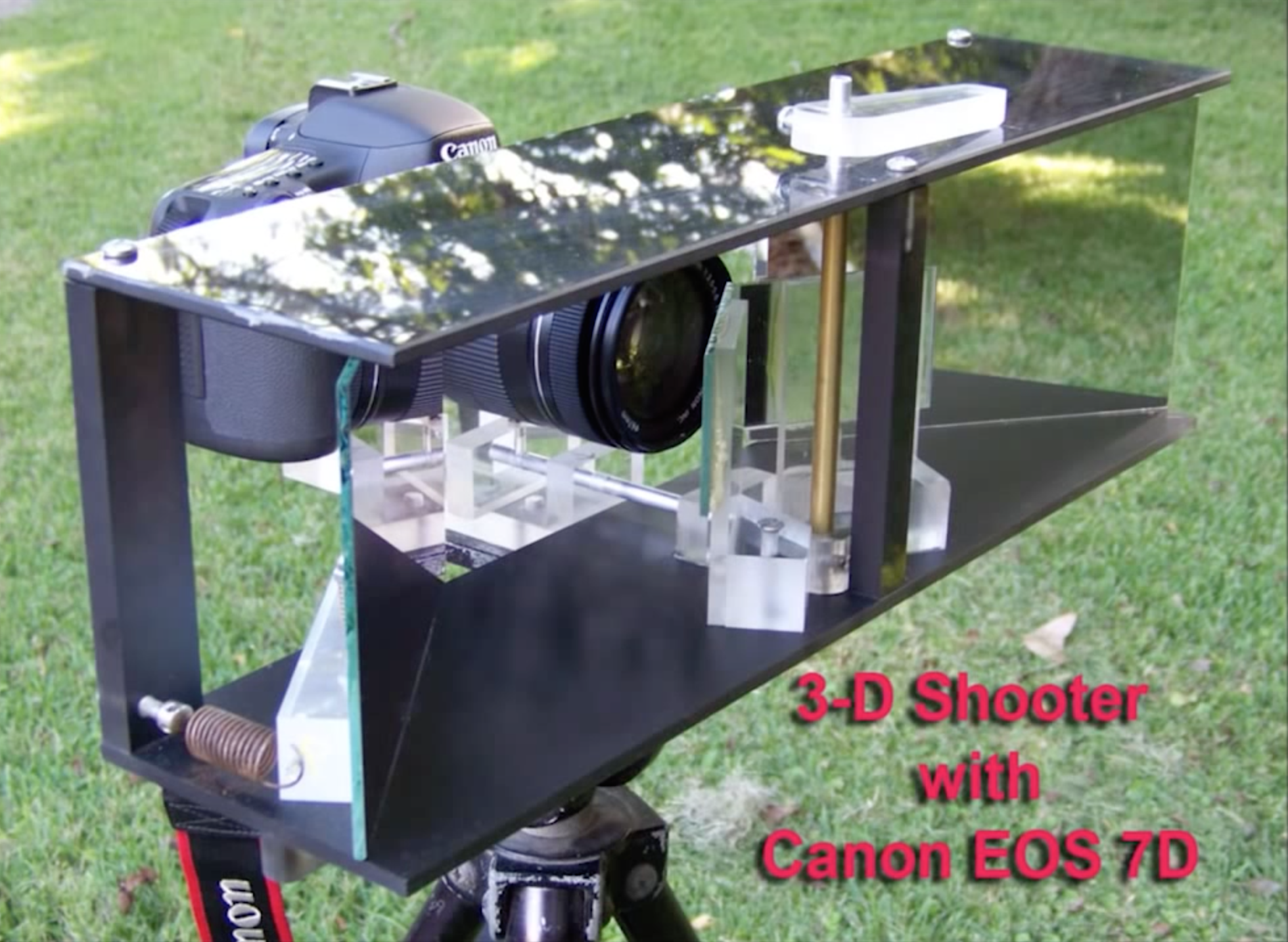3D photography or stereoscopic photography is the art of capturing and displaying two slightly offset photographs to create three dimensional images.
The 3D effect works because of a principle called stereopsis. Each eye is in a different location, and as a result, it sees a slightly different image. The difference between these images is what lets us perceive depth. This effect can be replicated with photography by taking two pictures of the subject that are offset by the same distance as your pupils (about 2.5 inches or 63 mm). The two images are then viewed so that each eye sees only the corresponding picture. Your brain puts the two images together just as it does for normal vision and you perceive a single three dimensional image.
This project will give you a brief introduction to the methods for taking and viewing 3D photographs.
























